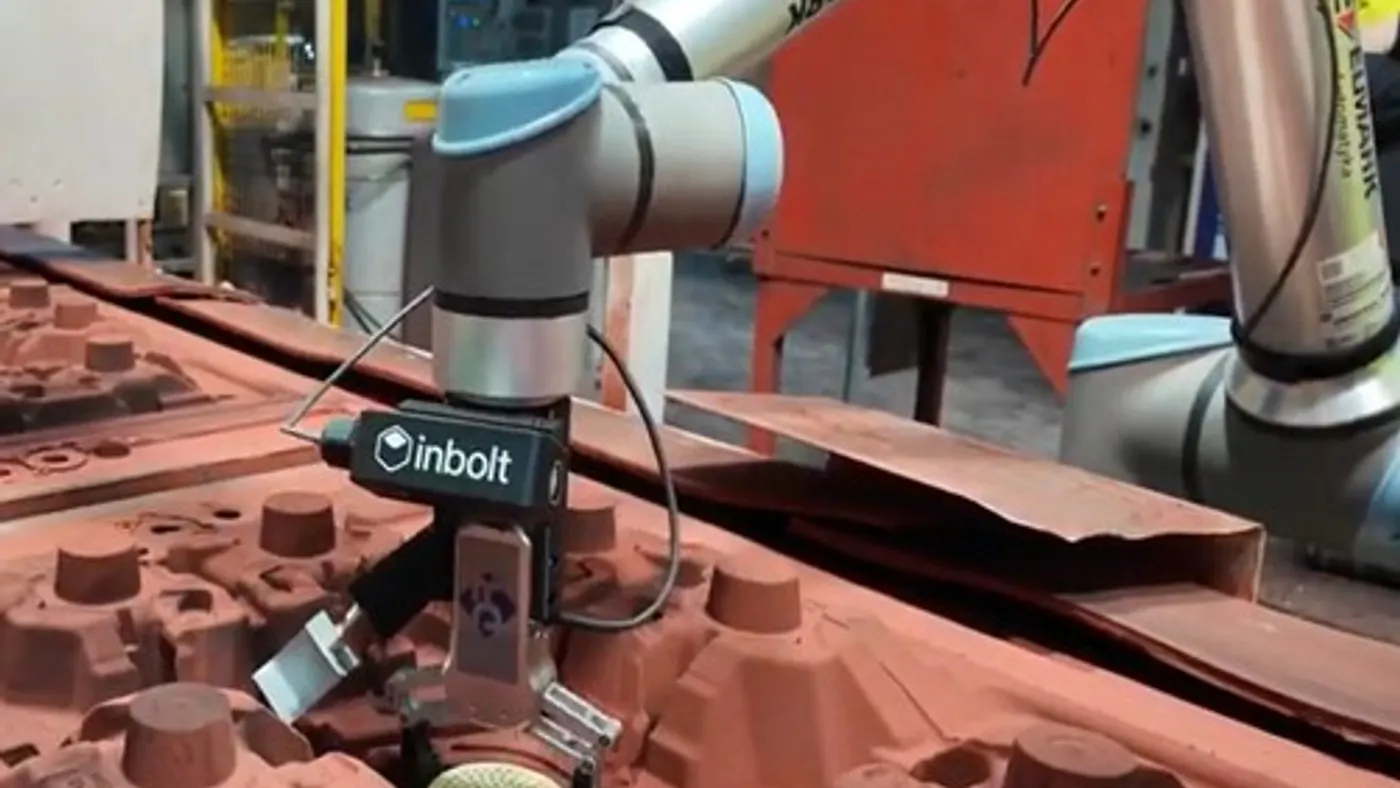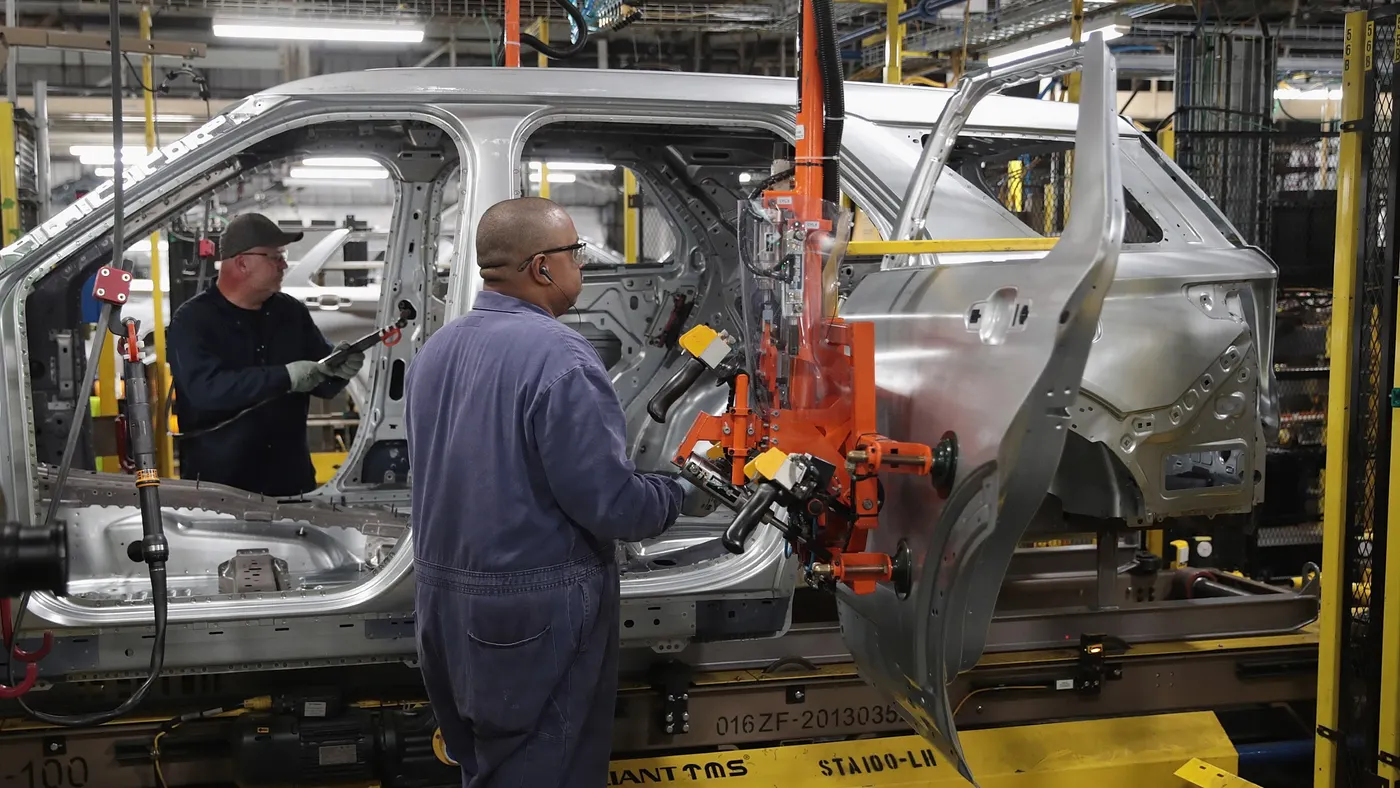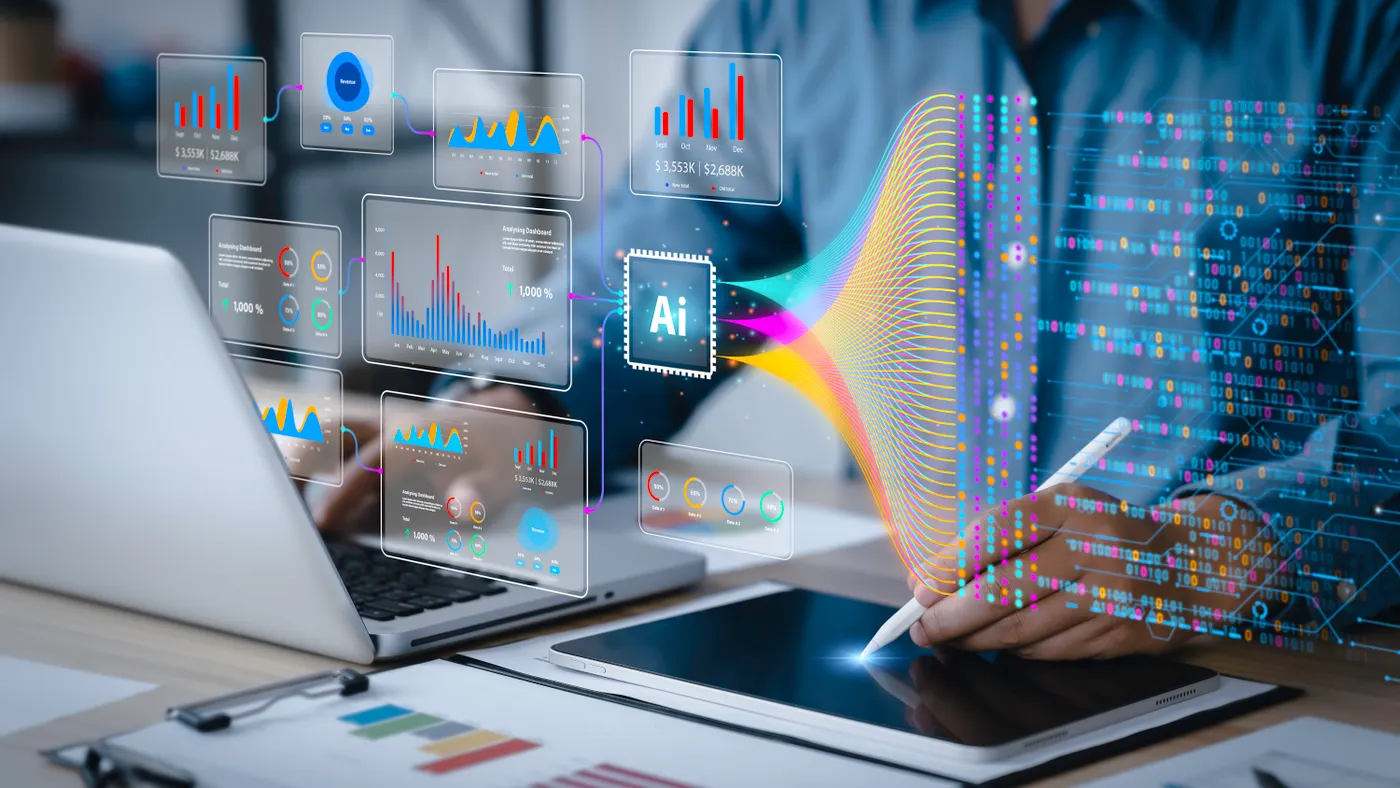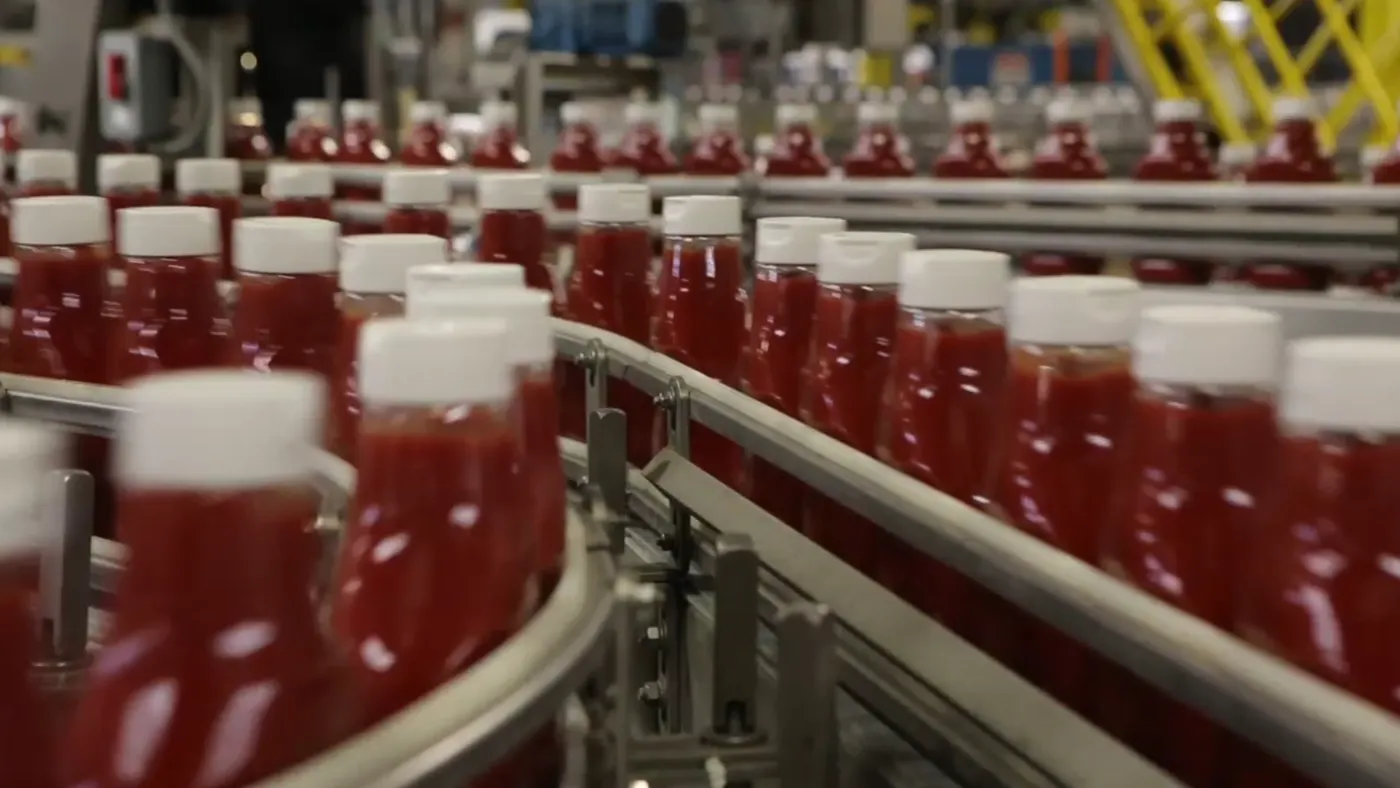
How manufacturers are reskilling factory workers for AI adoption
Manufacturers across the U.S. are leaning into artificial intelligence as a pivotal aspect of business growth. It’s not surprising then that 87% of those surveyed in a Deloitte report on AI in manufacturing have adopted the technology or plan to do so in 2025 and 2026.
However, a key challenge to implementing AI is training a workforce to leverage the technology, especially factory-level employees. A 2023 Boston Consulting Group study found that only 14% of frontline workers say they have received AI upskilling, compared to 44% of leaders.
“While approximately 70% of the current US workforce is concentrated in frontline roles that are seeing an increase in the demand for AI proficiency, AI skilling offerings to date have been almost exclusively geared toward non-frontline populations including roles like data scientists, executives, and engineers,” said Matthew Daniel, senior principal for talent strategy at Guild, a workforce training organization.
As more manufacturers navigate upskilling workers to use AI in everything from R&D to assembly and maintenance needs on the factory floor, here’s how some companies are tackling the workforce training challenge.
Online programs can offer workers flexible training
Offering training that can help workers upskill to leverage AI in their daily functions is a key way companies can ease anxieties in workers around the technology replacing their jobs, Daniel said. Doing so could be key for companies, as 36% of respondents in BCG’s study believe their job could be eliminated by AI.
“Organizations should proactively create avenues for employees to upskill with AI and reframe the narrative to not fear AI and the unknown but to showcase what's possible — their workforce leading, adapting, and adding unprecedented value.”
Workforce training organization Guild offers bundled AI training programs focused on related topics, such as AI literacy and ethics, workplace applications, technical programming and executing AI-driven strategies.
The programs are fully online and offer a flexible schedule so frontline workers can participate without disrupting work. Online training options that fit into the workflow of employees can make the process easier for individuals to tackle.
“It's not just about adapting to AI — it's about empowering the frontline workforce to thrive alongside it and giving them the tools and resources to do so,” Daniel said.
Leveraging digital tools to upskill workers
Upskilling is important for workers that may not be familiar with AI or other digital tools, said Bill Rokos, chief technology officer at Parsec Automation Corp., an organization working with more than 11,000 manufacturing companies to integrate AI into their workflows.
“For many floor workers, powerful tools like the Internet of Things, automation and digitalization are brand-new concepts,” Rokos said.
Augmented reality, virtual reality and other digital resources can offer helpful simulation platforms for workers to practice these new skills.
“Using augmented reality and virtual reality, manufacturing leaders can provide workers with on-the-job training and enable them to learn new skills in a safe and controlled environment,” Rokos said.
That’s exactly what digital solutions firm UST is doing. The company is using the metaverse as a virtual training environment with gamified learning to teach how to use AI for tasks like data analysis, predictive maintenance, quality control and optimization.
“We simulate real-world scenarios and problem statements in a virtual world and get workers to solve complex problems with a higher level of retention due to experiential learning,” said Ramya Kannan, vice president and industry head of manufacturing at UST. “The metaverse provides an interactive and immersive learning experience.”
This kind of learning also allows for easy collaboration and real-time communication between multiple workers and trainers.
“We can share feedback, add learnings from mistakes back into the training program and constantly improve the experience,” Kannan said.
Manufacturers are also using “AI-powered predictive maintenance, which analyzes equipment sensor data to forecast maintenance needs to reduce operational downtime, improve equipment reliability, and enhance worker productivity,” Rokos said.
Many of these training programs, whether online or in-person, focus on safety and control, ensuring workers know how to protect company data as operations become more connected, according to a recent report from the National Association of Manufacturers.
”The most effective AI models are humancentered, allowing them to learn and unlearn, continuously improving to meet the needs of their human operators,” the report said.










